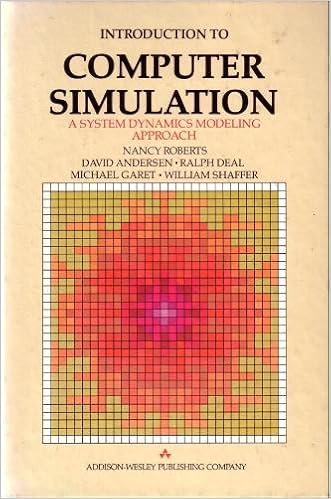Filters
Clear allSubject
- Careers (36) Apply Careers filter
- Climate Change (1) Apply Climate Change filter
- Creative arts and media (3) Apply Creative arts and media filter
- Cross curricular (19) Apply Cross curricular filter
- Design and technology (82) Apply Design and technology filter
- Engineering (65) Apply Engineering filter
- Leadership (1) Apply Leadership filter
- Mathematics (77) Apply Mathematics filter
- Personal development (2) Apply Personal development filter
- Psychology (1) Apply Psychology filter
- Science (88) Apply Science filter
- Space (1) Apply Space filter
- STEM Clubs (5) Apply STEM Clubs filter
Age range
Type
- Activity sheet (16) Apply Activity sheet filter
- Article (46) Apply Article filter
- Assessment (1) Apply Assessment filter
- Data set (1) Apply Data set filter
- Demonstration (2) Apply Demonstration filter
- Game (1) Apply Game filter
- Group work (3) Apply Group work filter
- Image (6) Apply Image filter
- Information sheet (10) Apply Information sheet filter
- Interactive resource (1) Apply Interactive resource filter
- Open-ended task (1) Apply Open-ended task filter
- Poster (4) Apply Poster filter
- Presentation (18) Apply Presentation filter
- Research (22) Apply Research filter
- Self assessment (1) Apply Self assessment filter
- Teacher guidance (69) Apply Teacher guidance filter
- Textbook (16) Apply Textbook filter
- Video (27) Apply Video filter
- (-) Remove Include Physical Resources filter Include Physical Resources
Showing 306 results
This book is designed to help all those who wish to find out more about the language LOGO, a language intended to demystify computers and computer programming, and make the power of computers accessible to all.
A brief introduction to some basic commands is followed by An Outline to LOGO ...

In essence, machine code programming is direct programming of he microprocessor without using a built-in high-level computer language such as BASIC. The vast increase in running speed obtained when...
This resource details a real-world algorithm which students are unlikely to have encountered previously. The Luhn Algorithm is one method for validating that the long number on a credit/debit card is a valid number (it doesn't check if the card is actually a credit/debit one, just that the number conforms to the...
This textbook is written to explain computing from first principles, and appeals to a broad audience beyond many computing texts. With clear and concise explanation, useful diagrams and a structure that builds on previous understanding, it is aimed at post-16 students but sections would be equally useful at all...
Roving with Rosalind is an education and outreach project funded by the UK Space Agency which presents Mars mission based classroom activities for primary and secondary schools as well as activity groups. The slides given here provide a very brief overview of the activities that have been produced and a...

Simulation as an aid to solving problems has been a powerful tool for centuries. With the...
This activity from the Computer Science for Fun (CS4FN) team at QMUL is an introduction to algorithms suitable for those in upper primary school. A ‘self-working’ magic trick is shown – this is a trick that works every time, as long as the process is followed exactly. No understanding of the trick is needed by the...
This article discusses using mini battery powered computers to sense, and report back environmental data across a wide area in the Lake District. It talks about some of the ways in which this type of robotThis article discusses using...
Designed for students who have advanced through Scratch and are ready for additional challenge, this resource explores Build Your Own Blocks (BYOB) as a tool for learning modular programming using procedures.
After examining, briefly, the history of the computer and the Turing Test as a measure of their...
Malcolm is a junior software engineer at Realtime Worlds, he discusses his role in this video. The role is an entry level code programming role. At school he studied Advanced Level Maths, which greatly helped him during his studies of Computer games technology at Dundee University. He took part in a digital...
A presentation highlighting seven strategies for behaviour management.
This report aimed to identify practical examples of good practice that promote good behaviour and that can be adopted by all schools. The authors identified aspects of practice that create the right conditions for good behaviour to be learnt. The authors further comment that whilst school staff work hard to support...
This edition of the Computing at School newsletter focuses on Computational Thinking, and contains articles covering:
*The importance of computational thinking
*...
This edition of the Computing at School (CAS) newsletter is focused on physical computing, and features:
*The BBC Micro-Bit and Make It Digital projects
*CPD tips with Barefoot and Quickstart
*Primary school activities with Scratch and Makey Makey
*Scratch projects with Microsoft Kinect...
This item is one of over 25,000 physical resources available from the Resources Collection. The Archive Collection covers over 50 years of curriculum development in the STEM subjects. The Contemporary Collection includes the latest publications from UK educational publishers.
